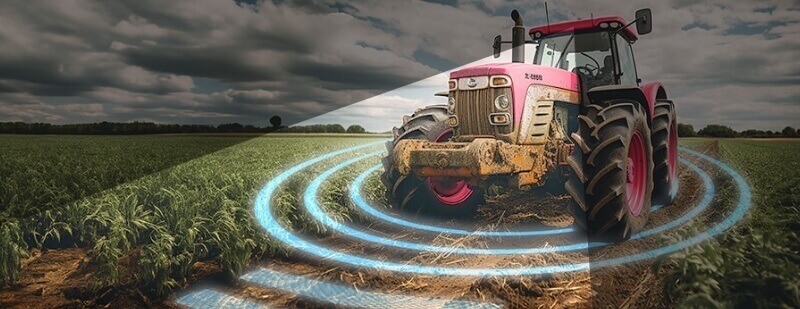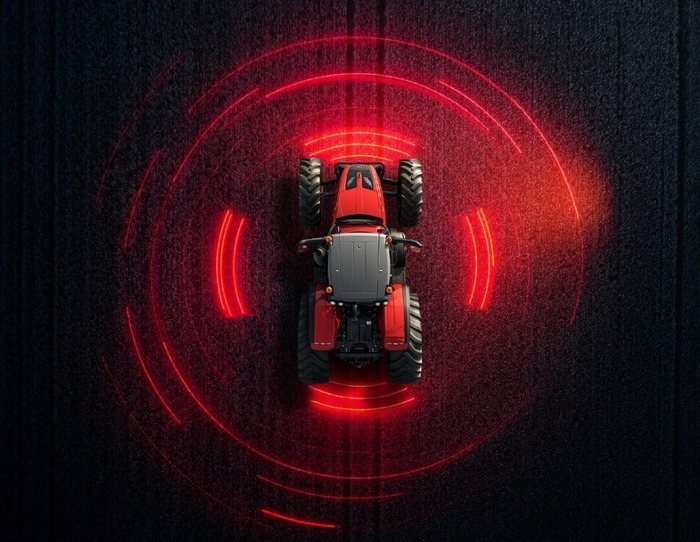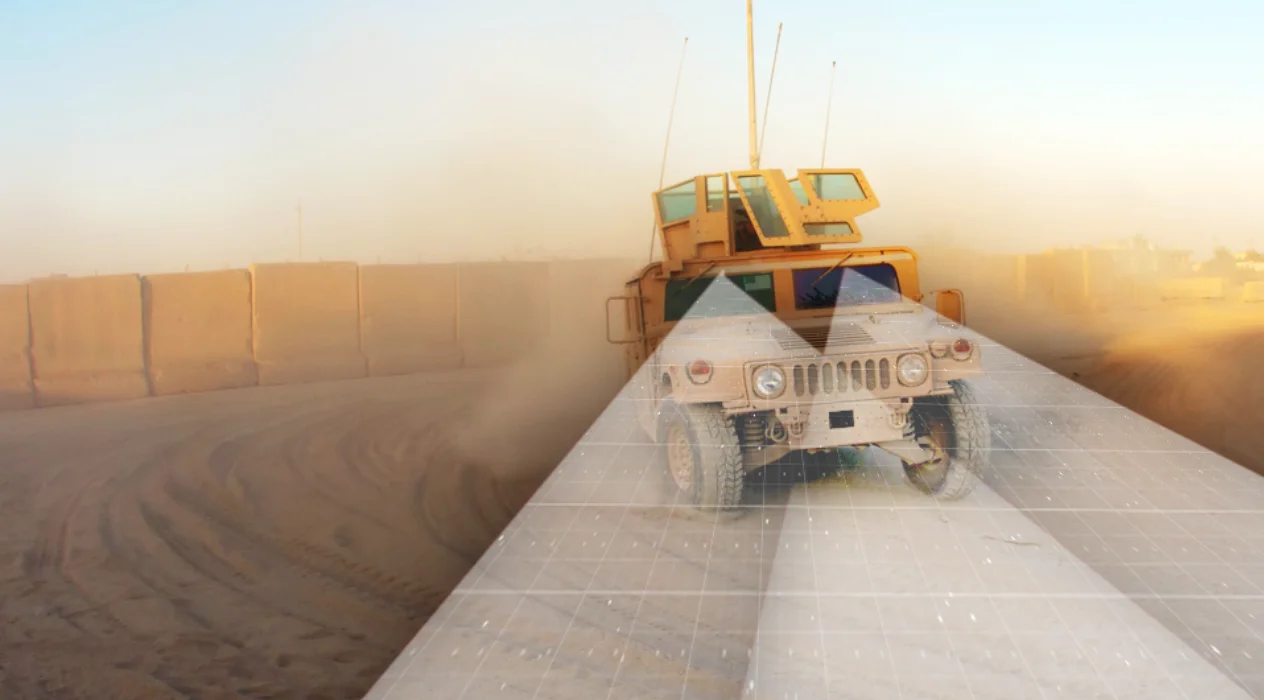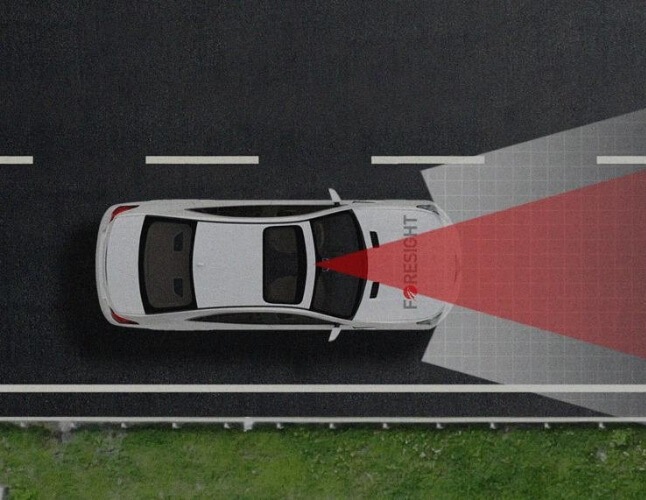The Challenge:
In the face of escalating challenges within the agricultural sector, the need for advanced technological solutions has never been more pressing. At the core of these challenges is a significant and growing manpower shortage. As the world’s demand for food and crops intensifies, the agricultural industry grapples with a diminishing pool of skilled machinery operators. This workforce is aging, often lacking the ability to adeptly handle increasingly sophisticated machinery, while younger generations are opting for alternative career paths.
Compounding this issue is the lack of experience among operators, who are now required to manage complex machinery and execute multiple tasks simultaneously. Furthermore, this complexity heightens the risk of accidents, emphasizing the critical need for enhanced safety measures. These pressing issues underscore the urgency for a technological revolution in agriculture, focusing on autonomous solutions and advanced sensory technologies to bridge the gap between growing demands and workforce challenges.
Trends in Vehicle Autonomy in Agriculture
In the ever-evolving landscape of agriculture, technology plays a pivotal role, and at the heart of this revolution is the advancement in 3D perception and sensor technology. The journey from traditional farming practices to precision agriculture underscores the importance of accurate sensory data. This blog delves into the dynamic world of autonomy in agriculture, focusing on the transformative impact of 3D stereoscopic vision and other sensory technologies.
Autonomous Driving in Agriculture
The rise of self-navigating vehicles in agriculture marks a significant milestone. These autonomous machines rely heavily on reliable perception to navigate through fields, avoid obstacles, and perform tasks with precision. This trend is not confined to full autonomy; it includes the progression from Advanced Driver Assistance Systems (ADAS) to semi-autonomous and then fully autonomous vehicles. This transition highlights the critical role of sensory technologies in ensuring the safety and efficiency of these machines.
Automated Operations
Farming operations are increasingly automated, ranging from planting to harvesting. This shift is driven by advanced sensory technologies that allow machines to perform tasks with minimal human intervention. This automation is crucial in enhancing efficiency, reducing labor costs, and improving the overall quality of agricultural output.
Harsh Weather Farming
Another significant trend is the development of technologies that enable farming operations to continue uninterrupted in harsh weather conditions. Sensory technologies play a crucial role in this, providing reliable data even in less-than-ideal environmental conditions.
The imperative for round-the-clock farming operations, particularly during the constrained windows of harvesting periods, presents a significant challenge in modern agriculture. This necessity to work 24/7, aimed at maximizing time and cost efficiency, becomes even more critical when faced with harsh weather conditions. In this context, the development of advanced technologies enabling continuous farming operations is not just beneficial but essential.
Sensory technologies are at the forefront of this trend, offering the capability to deliver reliable data and maintain operational continuity even in adverse environmental conditions. Their role is pivotal in ensuring that farming operations can proceed uninterrupted, day and night, regardless of weather disruptions, thus safeguarding the timely and efficient harvest of crops.
Sensory Technologies Transforming Agriculture
3D Stereoscopic Vision
3D stereoscopic vision brings a new dimension to agricultural machinery. It offers depth perception, allowing machines to understand their environment better. This technology is crucial in tasks that require precision, such as identifying and picking fruits or navigating through uneven terrain.
LIDAR in Farming
Light Detection and Ranging (LIDAR) technology has become instrumental in agriculture. It creates high-resolution topographical maps that are essential for precision farming. These maps help in planning the layout of the farm, optimizing irrigation patterns, and ensuring efficient use of resources.
RADAR in Agriculture
RADAR technology is known for its resilience, particularly in challenging weather conditions. In agriculture, RADAR helps in mapping field topography and navigating machinery through fog, dust, or rain, ensuring continuous operation regardless of weather disruptions.
Infrared Sensors in Agriculture
Infrared sensors, especially in the Short-Wave Infrared (SWIR) range, have revolutionized the way farmers manage crop health. These sensors detect heat signatures, enabling the early identification of issues like pest infestations or diseases, crucial for timely intervention and prevention of widespread damage. However, it’s important to clarify that these capabilities are specific to SWIR sensors and do not extend to Long-Wave Infrared (LWIR) sensors. While the general effectiveness of infrared sensors in agriculture is acknowledged, the distinct functionalities of SWIR and LWIR technologies must be recognized to avoid misconceptions about their respective applications in crop health management.
Comparative Analysis
In the diverse landscape of sensory technology in agriculture, each type serves distinct purposes, often with overlapping capabilities but varying strengths:
3D Stereoscopic Vision: This technology is particularly effective for tasks that require depth perception, such as precision harvesting. It stands out as a lower-cost solution, offering high-resolution imagery and classified information, making it suitable for detailed, close-range work in farming.
LIDAR: While LIDAR also excels in tasks requiring depth perception, its advantage lies in its accuracy over longer ranges. It is highly effective in creating detailed topographical maps for layout planning and resource management, providing precision that is especially beneficial for large-scale farming operations.
RADAR: RADAR remains the preferred low-cost technology for navigation and operations in conditions of poor visibility. Its ability to function effectively in fog, dust, or rain makes it indispensable for ensuring continuous operation in challenging weather conditions.
Infrared Sensors: Essential for proactive crop management, these sensors effectively monitor plant health and detect early distress signs. Long-Wave Infrared (LWIR) sensors, in particular, serve as a superior alternative to Radar in adverse weather, offering higher resolution and fewer false detections. However, they are more expensive than Radar systems.
The diversity of sensory technologies in agriculture underscores their collective importance in driving the industry forward. From enhancing precision in farming operations to ensuring continuous productivity in adverse conditions, these technologies are integral to the modern agricultural landscape. As we continue to witness innovations in this field, the future of agriculture looks promising, marked by increased efficiency, sustainability, and productivity.
Further reading: Radar vs. LiDAR




